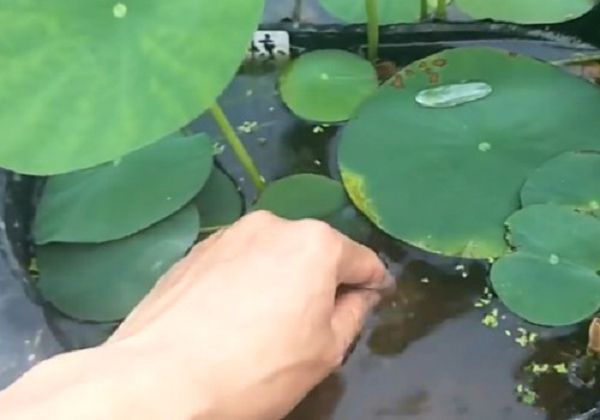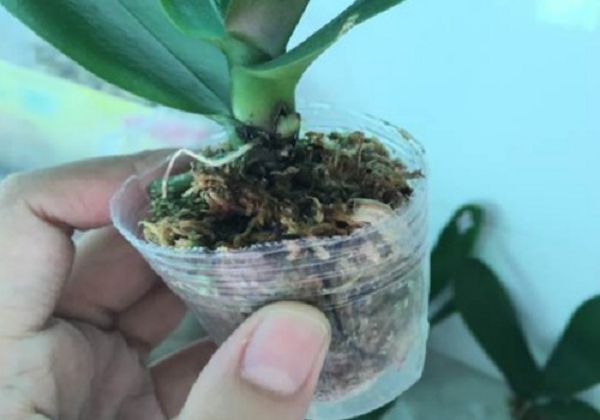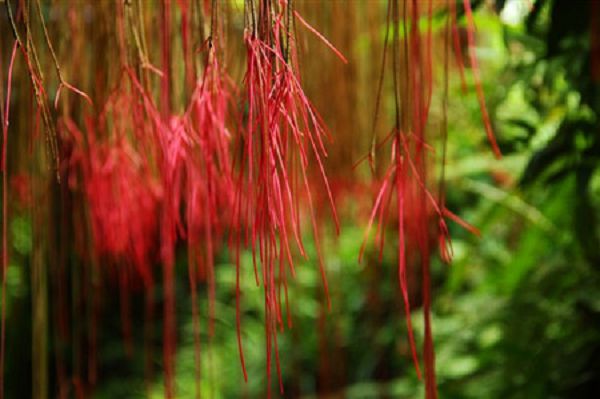What kind of fertilizer does bowl lotus apply?

Wanlian is a kind of fertilizer-loving plant, but it does not like thick fertilizer, and it is even more afraid of growing fertilizer. Generally, it adopts the principle of applying thin fertilizer frequently, so as to ensure that the plant can maintain good growth and bloom large and beautiful flowers as scheduled. But after all, it is more like fertilizer, whether growing or flowering, all need to consume a lot of nutrients, so fertilization should not only be timely, but also need to use the right fertilizer.
Fertilizing bowl lotus is generally based on organic fertilizer, which can be bean cake fertilizer or sesame cake fertilizer, but it should be fully fermented and mature before use. When using such organic fertilizer, generally mix it with pond mud to form a small ball, and then use tools such as chopsticks to clamp it and press it into the basin mud.
Of course, we can also use nitrogen, phosphorus and potassium ternary compound fertilizer slow-release fertilizer, which is generally granular. When we use it, we can first sprinkle it into the middle of the water surface, and do not stir the water surface and let it slowly dissolve. At the same time, avoid the leaves of the bowl lotus, do not let it float on the water, and do not press it directly into the pond mud at the bottom of the basin.
Some people may ask if urea fertilizer can be applied. In fact, urea fertilizer is generally not used in the growing season, mainly because it is fast-soluble and high nitrogen fertilizer, blind application is easy to cause fertilizer damage, especially when the lotus is just differentiated and coarse flower buds come. In addition, because of its high nitrogen content, it is also easy to cause plant growth to be too exuberant, making its rhizome and even leaves grow too long, thus reducing the number of flowers and reducing the quality of flowering.
If everyone's hands-on ability is relatively strong, then you can also rett your own fertilizer. You can use 30% rotten cake fertilizer, 30% plant ash, 35% bone meal, 5% slow-release fertilizer, then mix it with some wet clay and knead it into balls. Of course, we can also according to the growth of bowl lotus, as appropriate, add a little potassium dihydrogen phosphate and boron fertilizer, also knead into balls to set aside.
When in use, bury the pellets in the center of the silt at the bottom of the basin, then cover them with silt and keep one buried in a flowerpot every month. If it is a small basin, the dosage can be reduced appropriately. If we have diammonium phosphate, we can also use it instead. But the method of applying diammonium phosphate is the same as that of nitrogen, phosphorus and potassium ternary compound fertilizer, and it should not be buried in the soil at the bottom of the basin.
Related
- Fuxing push coffee new agricultural production and marketing class: lack of small-scale processing plants
- Jujube rice field leisure farm deep ploughing Yilan for five years to create a space for organic food and play
- Nongyu Farm-A trial of organic papaya for brave women with advanced technology
- Four points for attention in the prevention and control of diseases and insect pests of edible fungi
- How to add nutrient solution to Edible Fungi
- Is there any good way to control edible fungus mites?
- Open Inoculation Technology of Edible Fungi
- Is there any clever way to use fertilizer for edible fungus in winter?
- What agents are used to kill the pathogens of edible fungi in the mushroom shed?
- Rapid drying of Edible Fungi



